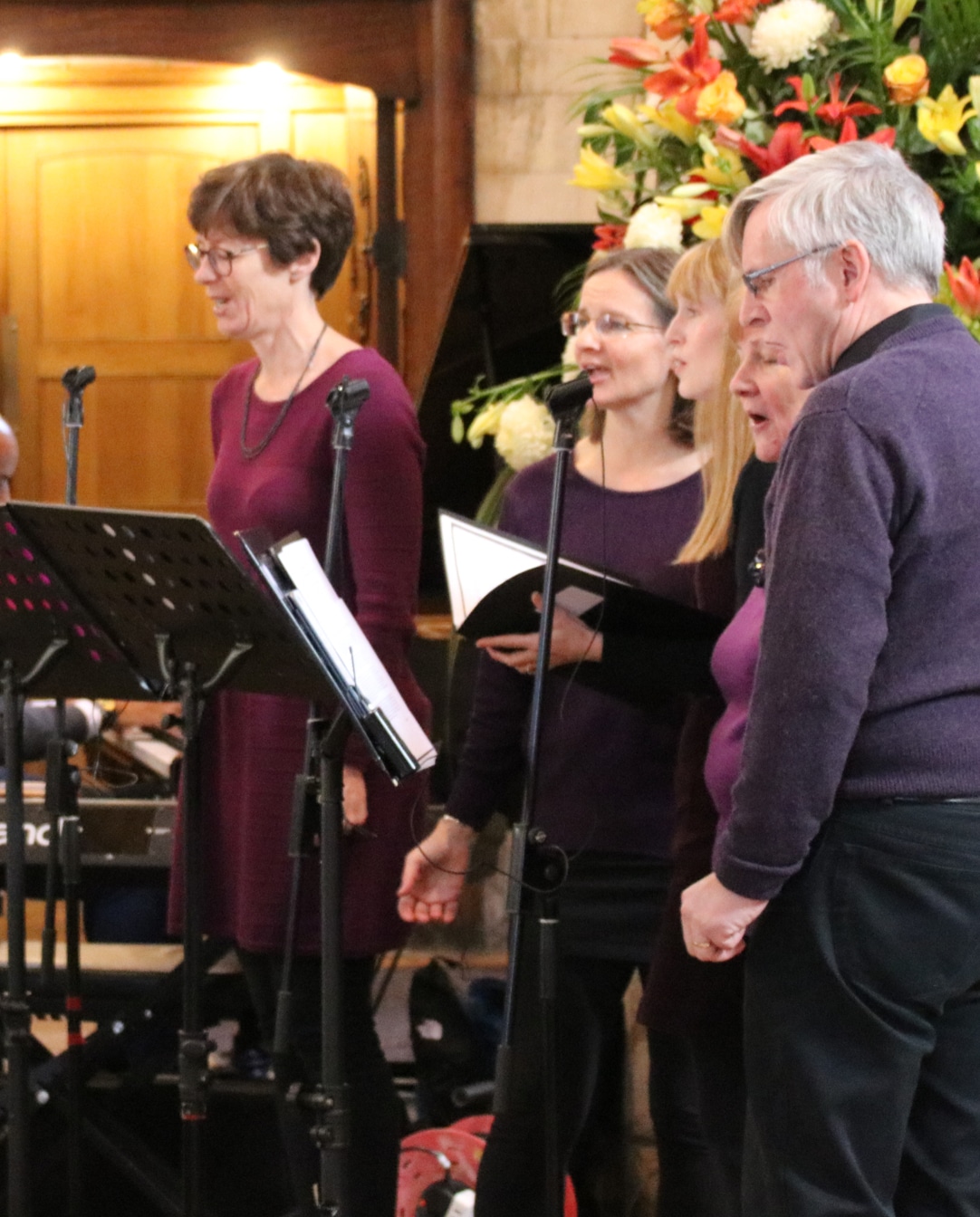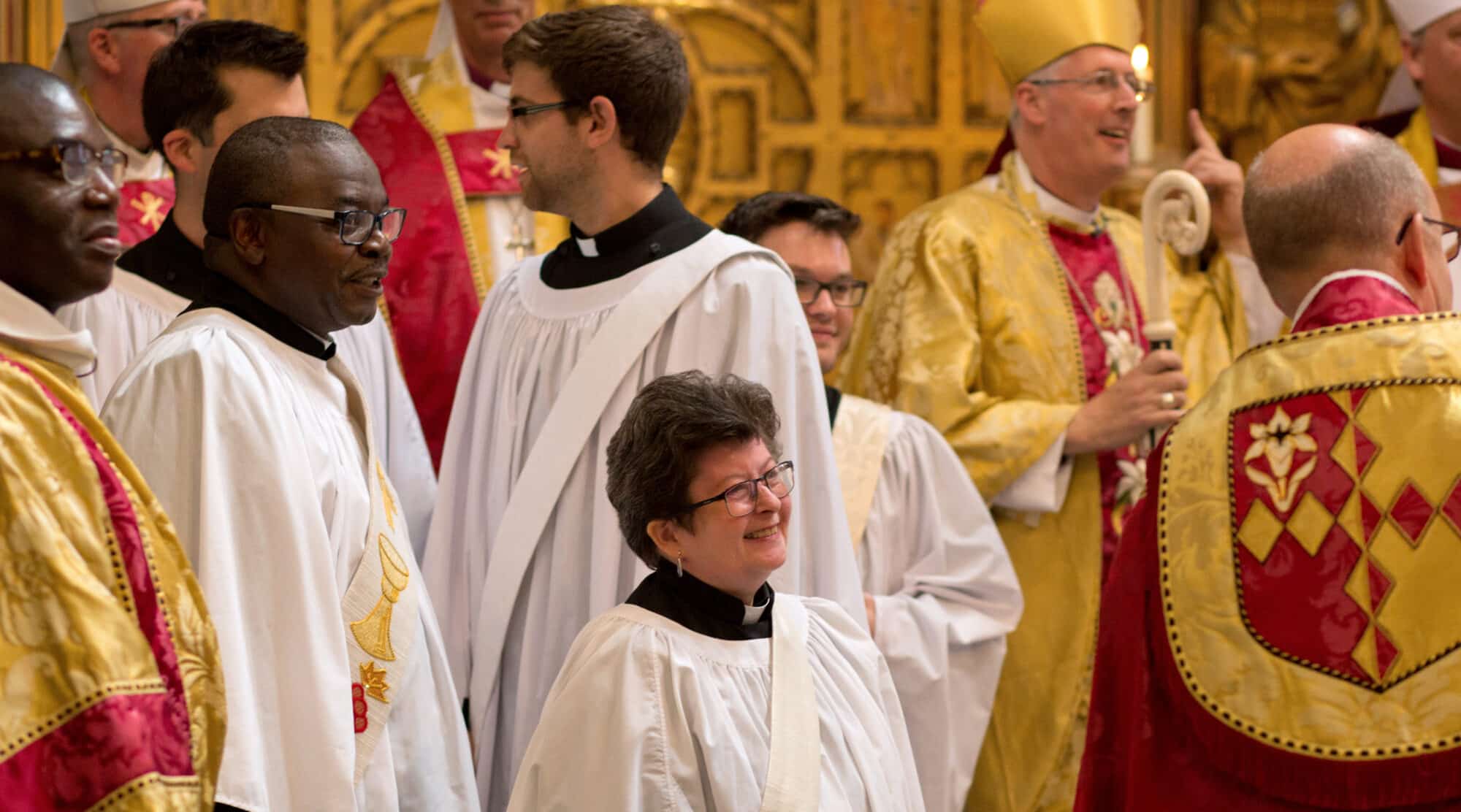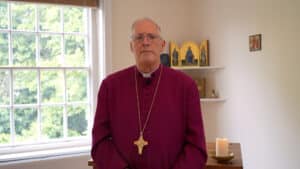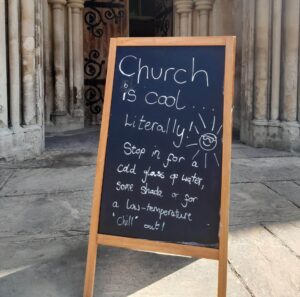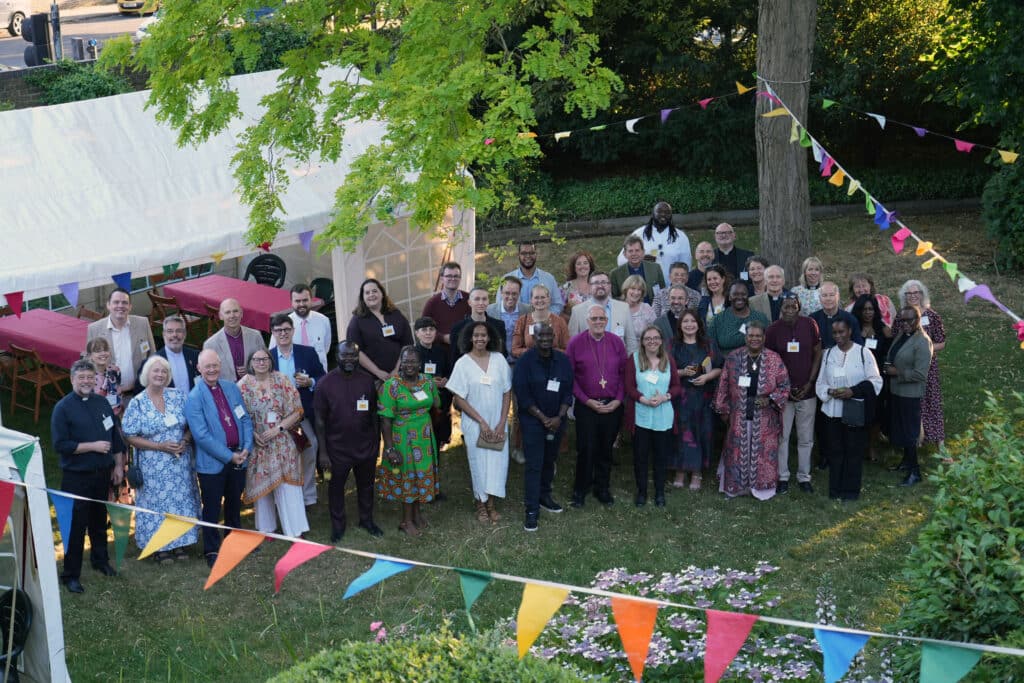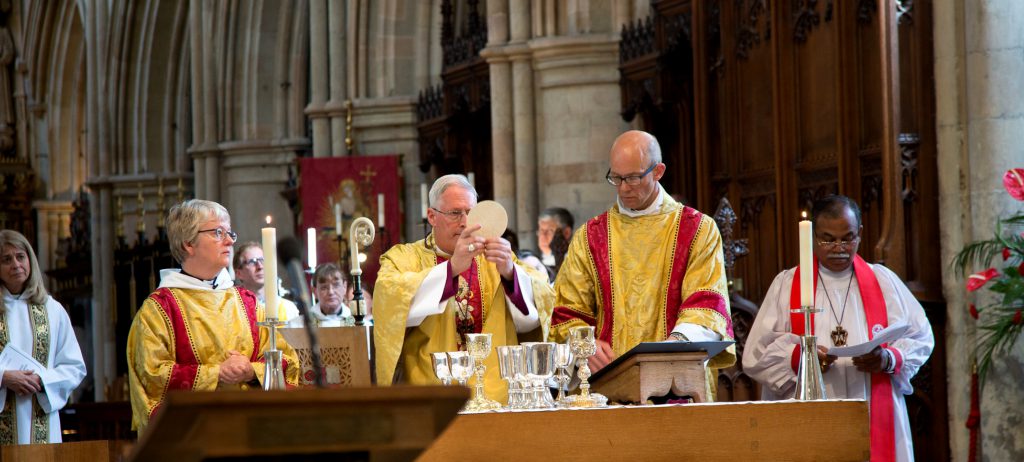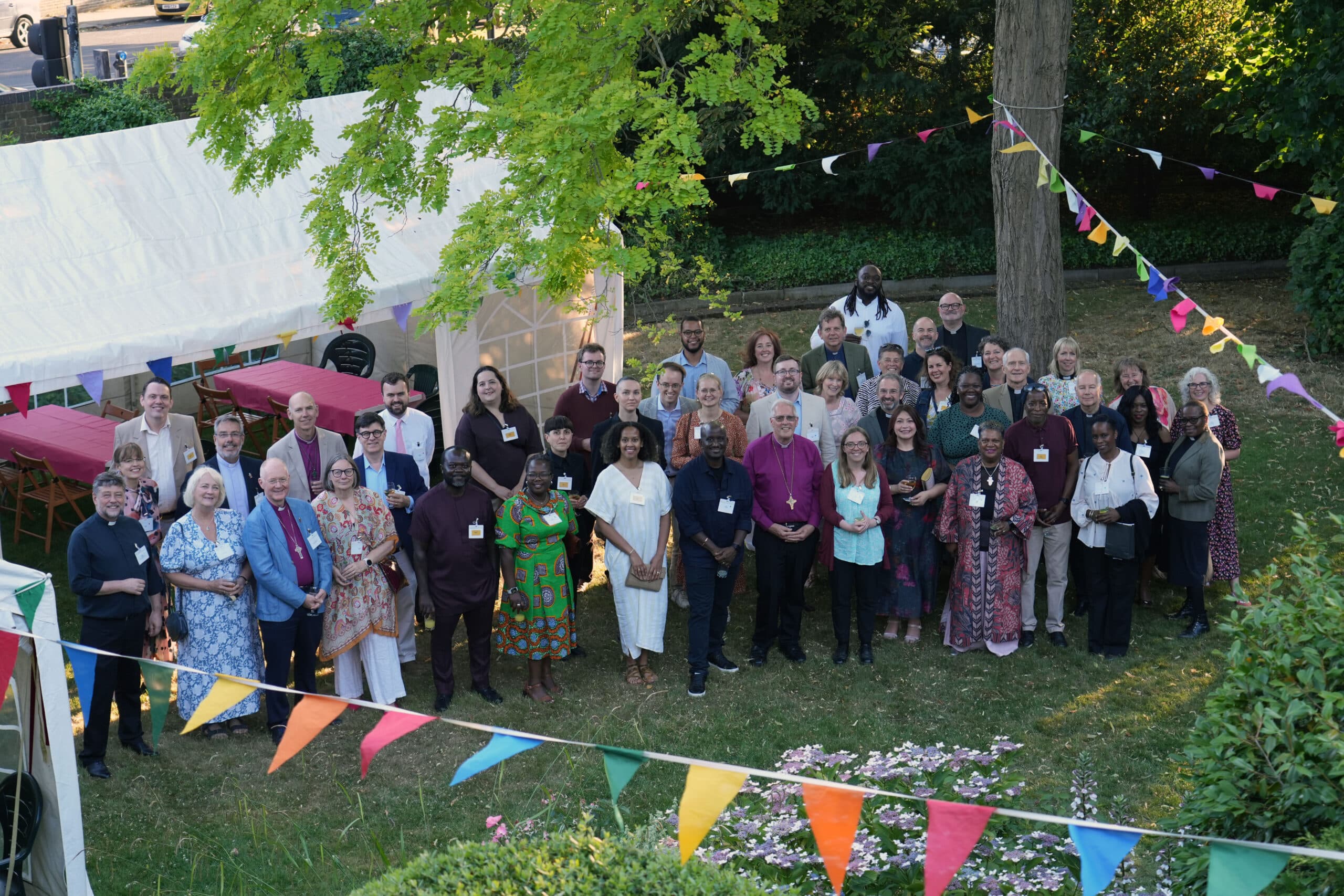There is sometimes an assumption that installing solar panels is one of the first steps a parish can take in order to reduce their carbon emissions. This is true in some cases, but not universally. So the purpose of this blog is to help parishes consider whether solar panels are a good solution in their particular circumstances.
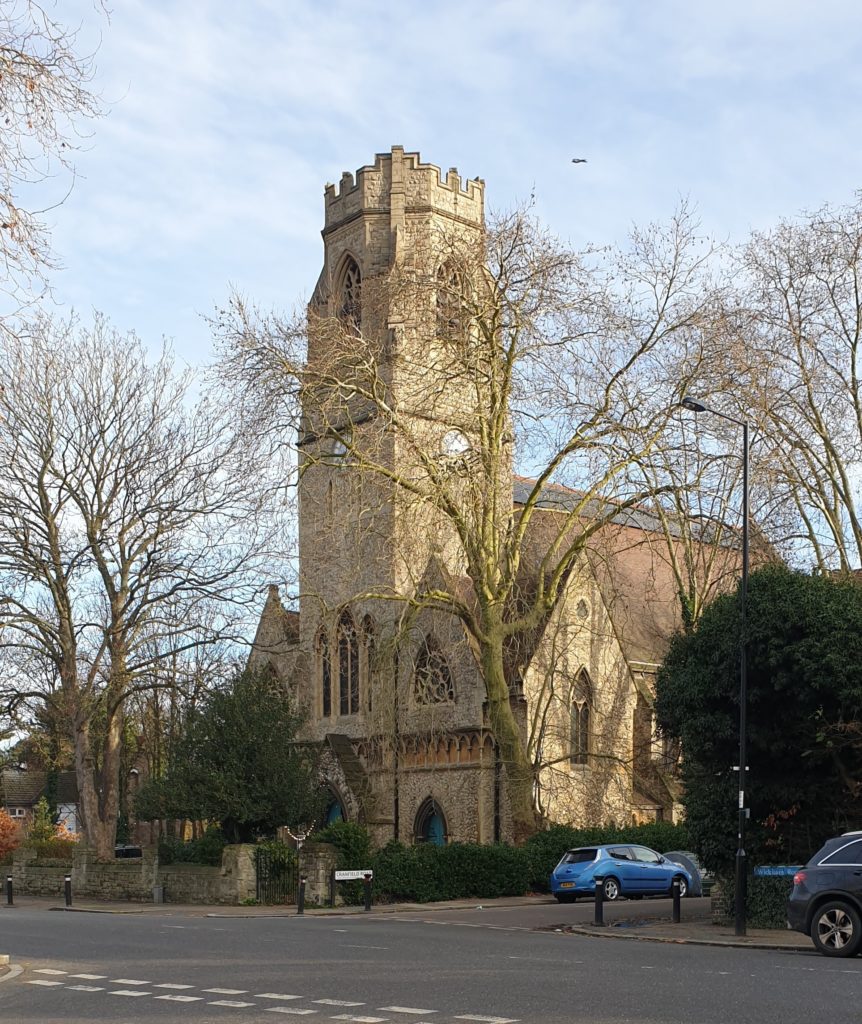
1: Your time, effort and money are important. Use them to implement the most effective solutions for your parish.
Solar panels are fantastic, they produce low cost, low carbon electricity. Prices are falling and they need very little maintenance. However before putting lots of your effort into a solar panels project, make sure that solar is a sensible choice for your building. This is covered in more in the earlier Church Buildings and Net Zero Carbon Emissions blog post which looks at research in the London Diocese by the Cloudesley Sustainable Church Buildings Project.
2: Understand your carbon emissions and energy usage.
To be sure you are on the right track, consider the annual electricity consumption of your building, and your occupancy rates. Every building and every parish is different, but in general the lion’s share of a building’s energy consumption is from heating. If your church is heavily used during the day, and relies on some electric heating, then solar could well be for you. However if your heating is gas, how much money will solar panels save you, and how far will they reduce your carbon emissions? If your building is mostly used in the evening, will you need batteries to store the electricity generated? How does this change the economics of the scheme? Solar is rarely an effective solution for a gas-heated church which is mostly used on Sundays.
3: Understand the financial aspects
For many people the main benefit of solar panels is that they reduce carbon emissions and help down the path towards net zero emissions. However they have a financial benefit too. They reduce the amount of electricity that the parish buys from the National Grid, and if excess electricity is generated this can be sold back to the Grid. Unfortunately since the reduction of government subsidies this is no longer at a particularly advantageous rate but it should still feature in your calculations. The key financial considerations are:
- Payback period: How long will it take you to recoup your initial expenditure?
- Return on Investment: Once established, how much will your on-going savings be?
4: Is it a realistic option?
Is your roof strong enough to take panels? Will a structural engineer’s report be required? When a parish is re-covering its roof it is a great time to consider solar panels, but they can be retrofitted onto existing roofs, though a further survey may be required. Is this in your budget?
Is your building listed, or are you in a Conservation Area? Neither of these things are showstoppers, but you will need permission from the Local Planning Authority (LPA) and a faculty. Consult with the LPA and the DAC early in the project to get a realistic steer on what will be permitted. The legal test for listed buildings is that the public benefit of a change must outweigh any harm to the architectural or historic interest of the building. As understanding of the climate emergency increases, so does appreciation of the public benefit of carbon-free electricity generation, but not every listed building will be appropriate. It will mostly depend on how visible the panels will be. If your roof is behind a parapet, or the nave roof is hidden by an aisle, or the roof isn’t visible from most public spaces then this will reduce the perceived harm to the building.
5: What else are you doing?
The cardinal principles of achieving net zero are:
- Reduce consumption
- Use zero-carbon energy
- Offset the rest
Could you achieve significant carbon savings by switching to LED lighting? Or zoning your electric heating? Or putting motion sensors on lights? Or reducing floodlighting?
6: The initial desk-based assessment
If this hasn’t put you off, find an MCS-accredited supplier and ask for a desk-based assessment. This should give a clear idea of how many panels you need, how much electricity they are likely to generate, what the costs will be and what the payback period will be. The Church of England’s Parish Buying scheme is now offering solar panels, but there are plenty of other MCS-accredited suppliers.
Written by Duncan Gregory, Church Buildings Officer.
This blog is based on a recorded webinar ‘Solar PV Panels for churches’ given by Guy Hewitt from Treadlighter, for the Church of England Environment Programme, as part of a series of webinars on getting to net zero carbon.
